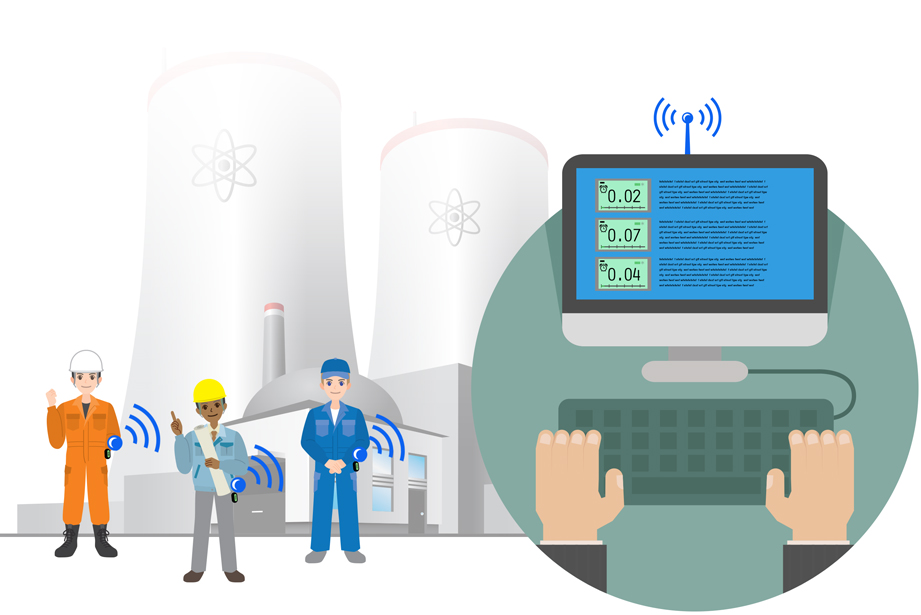Monitoring Radiation Remotely, in Real Time

Korean Nuclear Utility Reduces Worker Radiation Dose by 37%
In demonstrations at two nuclear plants in Korea, a first-of-its-kind system that remotely monitors radiation reduced worker radiation dose by 37%. Korea Hydro & Nuclear Power (KHNP) has been developing the system since 2010, assisted by EPRI researchers and its radiation monitoring guidelines.
Traditionally, nuclear plant workers wear personal dosimeters that monitor radiation and require separate devices to transmit data to radiation protection personnel. KHNP’s system integrates lighter personal monitoring devices with wireless communications, enabling radiation protection personnel to track radiation levels in real time. Through continuous video, the protection personnel view plant maintenance workers, using the integrated audio communications to advise workers of abnormal conditions and provide safety instructions in real time.
Building on the successful demonstrations, KHNP plans to deploy the technology throughout its 23-unit nuclear fleet. The utility estimates that developing the system in-house will save more than $10 million.
EPRI is looking to use data collected from these tools, along with its 3-D Radiation Field Estimation Algorithm and a source term analysis tool, to more accurately predict outage dose rates and to estimate worker dose in areas where direct measurement is not available. Nuclear utilities can use these estimates to enhance their radiation protection programs. Potentially, the data can be combined with augmented reality tools to help workers visualize radiation fields as their work takes them to various parts of a plant.

